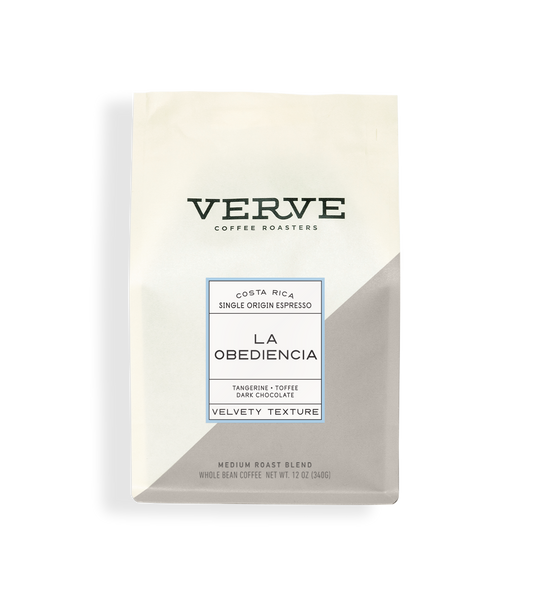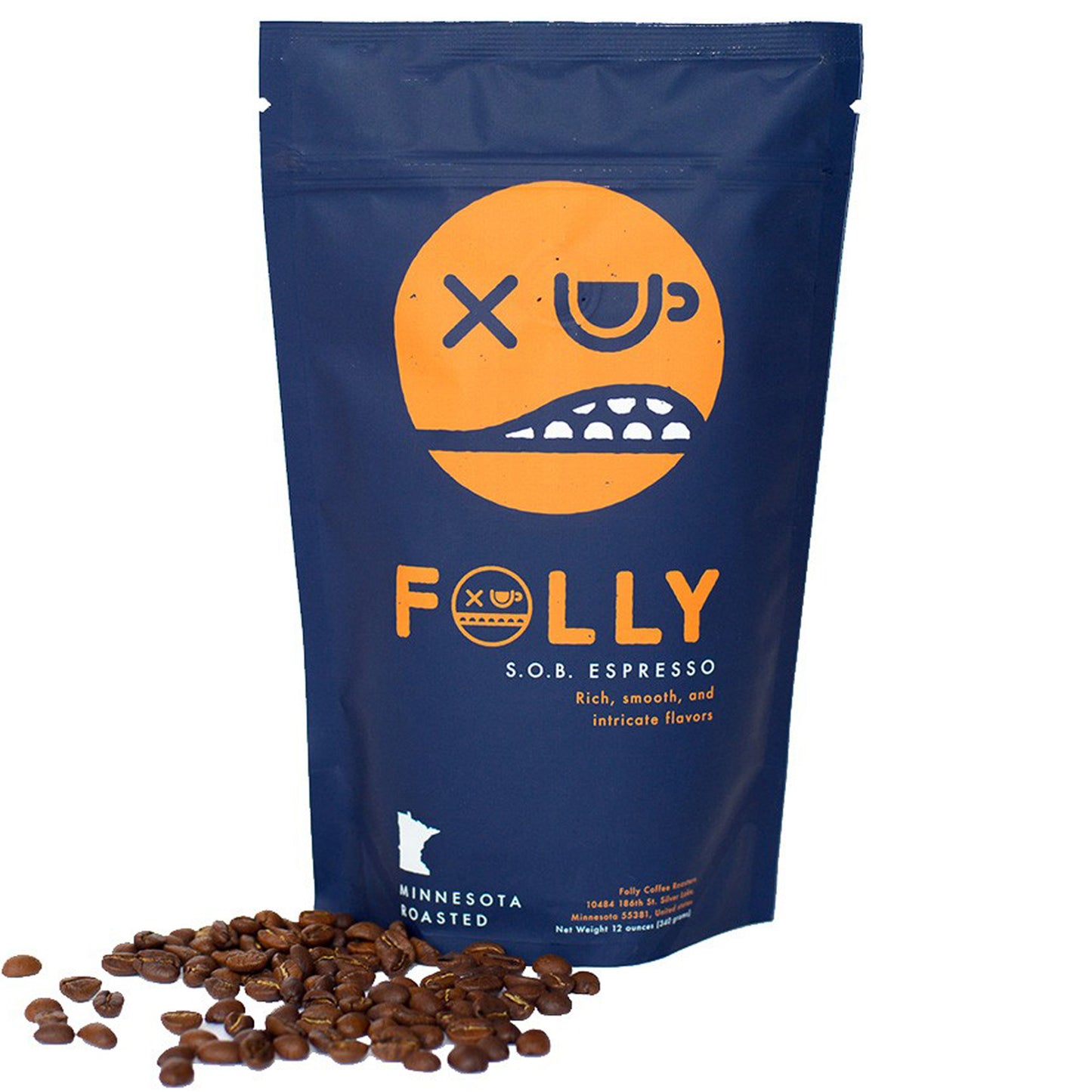A Starter’s Guide to Understanding SOE Single Origin Espresso
A Starter’s Guide to Understanding SOE Single Origin Espresso
Blog Article
Coffee Beans Uncovered: Uncovering the Secrets of Coffee and Blended Coffee Beans
When you consider coffee, what comes to mind? Is it the abundant scent of coffee or the complexity of a well-crafted blend? Recognizing the subtleties of coffee beans can transform your experience. Each selection, from Arabica to Robusta, holds its very own keys. As you check out even more, you'll discover just how these beans form flavors and impact sustainability. What might you discover about your next cup?
The Beginnings of Coffee: A Historical Perspective
Although espresso is currently a staple in coffee society worldwide, its origins map back to the very early 20th century in Italy. You could be shocked to learn that the innovation of coffee was driven by a need for rate and efficiency. In 1901, Luigi Bezzera patented the initial coffee maker, intending to make coffee faster than standard methods. This development rapidly captured the attention of Italian coffee enthusiasts, bring about the coffee bars we recognize with today.
Understanding Espresso Beans: Selections and Characteristics
When you think about espresso, it's crucial to identify the different bean varieties and their one-of-a-kind tastes. Each kind brings an unique personality to your mug, influenced by elements like roast degrees. Understanding these components can elevate your espresso experience substantially.
Espresso Bean Varieties
As you explore the globe of espresso, you'll swiftly find that not all beans are produced equivalent; each range brings its very own one-of-a-kind flavors and attributes to your mug. Arabica beans are known for their smooth, nuanced flavors and reduced high levels of caffeine web content, making them a favorite amongst coffee lovers. Each range offers something different, so trying out will aid you discover your perfect espresso.
Flavor Profiles Clarified
Comprehending the taste accounts of various espresso beans can raise your coffee experience. Each bean range offers distinct characteristics that influence scent, taste, and mouthfeel. For example, Arabica beans often provide a sweeter, more intricate flavor with tips of fruit and flower notes, while Robusta beans have a tendency to be bolder, with nutty and earthy undertones.
When you check out single-origin beans, you might discover distinct local tastes-- Main American beans might be citrusy and bright, whereas Italian blends frequently provide abundant, chocolatey notes.
Roast Levels Impact
Roast levels play an important duty in shaping the flavor and scent of coffee beans, influencing your overall coffee experience. Understanding these roast degrees assists you select the espresso that fits your taste preferences. Trying out with different roasts can lead to wonderful explorations, boosting your gratitude for coffee.
The Art of Blending: What Makes Blended Coffee One-of-a-kind
What makes combined coffee so interesting? You can experiment with numerous combinations to enhance sweetness, acidity, and body, resulting in a mixture that's richer and extra complicated than a single-origin coffee.
Blending additionally enables you to cater to diverse preference choices. You can craft a mix that's mellow and smooth or one that's strong and durable, relying on your audience. And also, mixing can assist keep consistency, using a reputable taste experience no matter of seasonal variations in beans. Whether you're a barista or a home brewer, understanding the art of blending opens up a world of creativity and taste possibilities, making your coffee experience truly one-of-a-kind.
Taste Profiles: Sampling Notes of Espresso vs. Blended Coffee
Mixed coffee offers a world of flavor possibilities, however when it comes to coffee, you're looking at a much more concentrated experience. Espresso normally showcases strong, rich flavors with a thicker mouthfeel.
On the other hand, blended coffee provides an intricate tapestry of tastes. You can discover a variety of tasting notes, from wonderful and nutty to flower and fruity. Each mix can supply something one-of-a-kind, commonly combining beans from different regions to produce a well balanced account.
While coffee supplies a strike, mixed coffee welcomes you to appreciate the subtleties. Whether you choose the robust toughness of coffee or the intricate flavors of blended coffee, each mug informs its very own tale, waiting for you to discover.
Developing Techniques: Improving Your Coffee Shot
To achieve the ideal coffee shot, recognizing the developing methods is important, as also small adjustments can considerably influence the flavor and high quality. Begin by utilizing fresh, premium coffee beans; grind them right before developing for optimum flavor. Objective for a fine grind, about the uniformity of salt, to guarantee ideal extraction.
Following, pay attention to your water temperature level; it needs to be between 195 ° F to 205 ° F. Too too cool or warm can spoil your shot. Use about 18-20 grams of coffee for a dual shot, and tamp it evenly with strong stress to create a consistent puck.
A longer extraction can lead to anger, while as well brief can result in sour flavors. Practice these techniques consistently, and you'll fine-tune your skills, achieving that abundant, full-bodied coffee shot you crave.
The Role of Roast Levels in Espresso and Blended Coffee
After understanding the brewing strategies for espresso, it's time to consider just how roast levels affect the flavor account of your coffee. The roast degree can substantially modify your espresso's body, preference, and scent. Light roasts often tend to highlight the coffee's origin, supplying brilliant level of acidity and fruity notes, while medium roasts balance acidity and sweetness, producing a well-rounded flavor. Dark roasts, on the other hand, bring out bold, rich tastes with reduced level of acidity, usually producing chocolate or great smoky undertones.

Checking Out Sustainability: Ethical Sourcing of Coffee Beans
When you pick coffee, you're not simply choosing a flavor; you're deciding concerning the influence on farmers and the atmosphere. Comprehending Fair Profession techniques, chemical-free farming methods, and certification requirements can assist you sustain lasting coffee sourcing. Allow's discover just how these factors add to a more moral coffee experience.
Fair Trade Practices
Fair Profession practices play an important duty in making sure that coffee beans are sourced ethically and sustainably. When you choose Fair Profession coffee, you sustain farmers who obtain fair wages and job in secure conditions. This commitment to honest sourcing assists combat destitution and promotes area growth in coffee-growing regions. You'll find that Fair Trade qualification likewise motivates ecologically pleasant farming practices, as manufacturers are incentivized to safeguard their land and sources. By deciding for Fair Trade brands, you're not simply appreciating a rich cup of coffee; you're making a favorable effect on the lives of those who grow it. Your choice issues, and it connects you to a worldwide activity concentrated on justness and sustainability in the coffee sector.
Natural Farming Methods
As you discover the globe of ethical coffee sourcing, natural farming techniques arise as a crucial component of sustainability. By selecting natural coffee, you sustain methods that focus on soil health and wellness, biodiversity, and natural ecosystems. Farmers avoid artificial pesticides and plant foods, depending instead on all-natural compost and plant rotation to improve dirt fertility. This not just secures the environment however additionally improves the top quality of the coffee you appreciate. Chemical-free farming urges local wild animals and promotes a well balanced community, decreasing the possibilities of disease and parasites. Furthermore, it typically brings about stronger, much healthier coffee plants, causing richer tastes in your cup. You're making an aware selection that benefits both the world and your palate. when you SOE opt for organic coffee.
Accreditation Specifications Explained
Understanding certification standards is crucial for any individual thinking about ethically sourced coffee. These criteria, such as Fair Profession, Jungle Partnership, and USDA Organic, warranty that coffee is grown under sustainable methods. You sustain farmers that stick to ethical labor methods and ecological defense. when you pick accredited coffee.
Fair Trade accreditation concentrates on providing fair salaries and functioning problems, while Rain forest Partnership highlights biodiversity and ecosystem preservation. USDA Organic guarantees that no artificial fertilizers or chemicals are used. By familiarizing yourself with these certifications, you can make enlightened selections that straighten with your worths. Following time you go to your local coffee shop or supermarket, try to find these tags, and really feel good knowing your coffee purchase positively influences areas and the atmosphere.
Regularly Asked Inquiries


How Does Elevation Impact the Development of Coffee Beans?
Elevation effects coffee bean growth by affecting temperature level and climate. Greater elevations typically produce denser beans with more facility flavors, while reduced elevations can result in faster growth but much less flavorful end results. You'll taste the difference!
What's the Distinction Between Arabica and Robusta Beans?
Arabica beans are sweeter and much more complicated, while Robusta beans have a more powerful, harsher taste with greater high levels of caffeine material. You'll locate Arabica favored for specialized coffees, whereas Robusta's frequently utilized in instantaneous coffee and espresso blends.
Can Coffee Beans Go Negative or Lose Taste Over Time?
Yes, coffee beans can go negative and lose flavor gradually. They'll come to be stagnant if you keep them incorrectly or maintain them as well long. Constantly keep your beans in an airtight container far from light and dampness.
What Are the Health And Wellness Conveniences of Alcohol Consumption Coffee?
Drinking espresso boosts your power, enhances psychological clarity, and might lower the risk of particular illness. It's rich in anti-oxidants, sustains metabolic rate, and can improve mood, making it a valuable option for your everyday regimen.
Just How Does Water Top Quality Effect Espresso Removal?
Water quality considerably affects espresso extraction. It impacts the solubility of oils and flavors, influencing preference and scent. Using filtered water can improve your coffee, making certain a well balanced and enjoyable cup whenever you brew.
Coffee Beans Uncovered: Discovering the Secrets of Espresso and Blended Coffee Beans.
Recognizing the taste profiles of various coffee beans can boost your coffee experience.Roast levels play an important function in shaping the flavor and scent of coffee beans, influencing your overall coffee experience (SOE).Mixed coffee uses a world of flavor opportunities, yet when it comes to coffee, you're looking at a more focused experience.After grasping the brewing techniques for coffee, it's time to consider exactly how roast degrees influence the taste profile of your coffee
Report this page